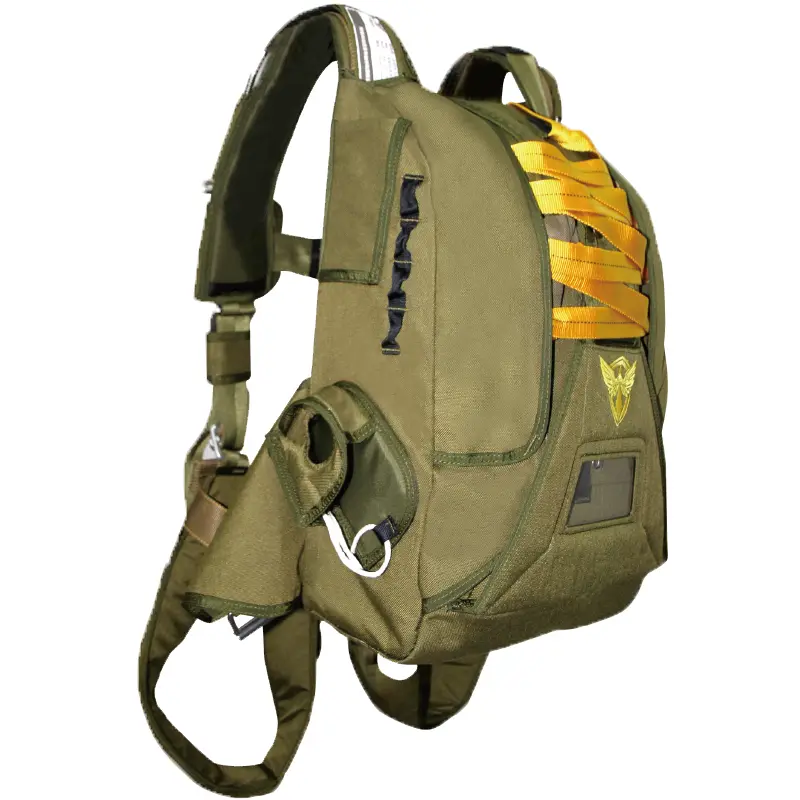Airborne missions in particular place a premium on accuracy and safety in military operations. When compared to other modern army parachutes, SkyEagle‘s T300 Paratroopers Parachute System is head and shoulders above the competition. This state-of-the-art device is designed to suit the requirements of contemporary airborne warfare scenarios, giving paratroopers a tactical edge.

Maximum Altitude to Minimum Opening
The T300 advanced troop parachute system boasts impressive specifications tailored for high-stakes operations. With a maximum opening altitude of 4000 meters and a minimum opening altitude of 150 meters, this parachute system ensures a safe descent for military personnel in a variety of airborne scenarios. What sets the T300 apart is its ability to support a maximum parachuting weight of 190 kg, making it versatile for a range of mission requirements.
Silent Precision for Stealth Operations
One of the key features that sets the T300 airborne troop parachute apart is its silent operation during flight. This near-silent performance enhances the stealth capabilities of paratroopers, allowing them to navigate through rough and unfamiliar drop zones undetected. In situations where precision is critical, the T300’s superior glide performance ensures maximum offset and minimizes the risk of injury upon landing.
Conclusion
In the realm of army parachutes, SkyEagle’s T300 Paratroopers Parachute System emerges as a beacon of safety, precision, and reliability. Designed specifically for airborne combat missions, this advanced parachute system embodies the commitment to excellence that SkyEagle is known for. Trusted by military personnel worldwide, the T300 sets a new standard for ensuring the safe deployment of paratroopers and cargo in even the most challenging environments.
